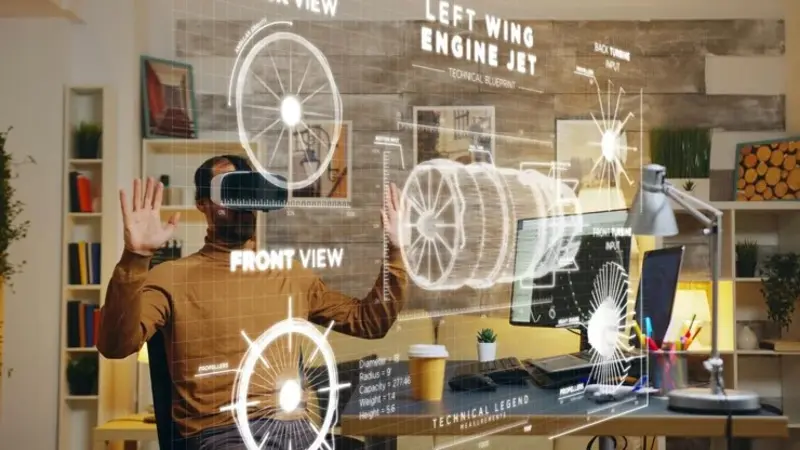Introduction to Rapid Prototyping
Rapid prototyping has fundamentally transformed the landscape of product development. It empowers businesses to swiftly convert innovative ideas into physical prototypes with efficiency and precision. This approach is invaluable, offering a tangible model of a product idea that enables designers and engineers to evaluate functionality, refine aesthetics, and solicit critical feedback before moving into mass production.
Rapid prototyping stands out by saving time and resources through early detection of design issues and potential flaws. Moreover, it enhances creativity and drives innovation by facilitating easier iterations of designs. In essence, rapid prototyping streamlines the development process from idea to production, ensuring quicker market entry without compromising on quality or user satisfaction.
The Process of Rapid Prototyping
Rapid prototyping is a comprehensive process that begins with the creation of a digital design or 3D model through advanced computer-aided design (CAD) software. This crucial first step allows designers and engineers to swiftly conceptualize and refine their ideas with efficiency. After the digital design is meticulously perfected, incorporating all necessary modifications, it transitions to the physical world.
This transformation is facilitated through cutting-edge additive manufacturing technologies such as 3D printing, which constructs the prototype layer by layer; CNC machining, a precise subtractive process that carves the prototype from a solid block; or injection molding, where molten material is injected into a mold to form the prototype. Each technology is selected based on the prototype’s specific needs, including material, complexity, and desired finish, offering its unique advantages. The fluid integration of digital design with physical manufacturing paves the way for the swift creation of prototypes, greatly expediting the development of new products.
Benefits of Rapid Prototyping
Rapid prototyping offers numerous benefits for businesses looking to develop new products or iterate on existing designs. Some of the key advantages include:
- Speed: Rapid prototyping accelerates the product development timeline by reducing the time required to create prototypes from weeks or months to days or even hours.
- Cost-Effectiveness: By eliminating the need for expensive tooling and traditional manufacturing processes, rapid prototyping helps businesses save time and money during the product development phase.
- Flexibility: Rapid prototyping allows for easy iteration and modification of designs, enabling businesses to explore multiple concepts and refine prototypes based on feedback and testing.
Applications of Rapid Prototyping
Rapid prototyping companies find applications across various industries, including:
- Product Design and Development: Rapid prototyping is widely used in product design and development to create functional prototypes for testing and validation.
- Engineering and Manufacturing: Rapid prototyping aids in the development of custom parts, components, and tools for engineering and manufacturing applications.
- Medical and Healthcare: Rapid prototyping is vital in the production of patient-specific medical devices, prosthetics, and implants.
- Education: Rapid prototyping is increasingly being used in educational settings to teach students about product design, engineering, and manufacturing processes.
In addition to these applications, rapid prototyping is also utilized in fields like architecture, art and design, and even food production. Its versatility makes it a valuable tool for creating prototypes in various industries and settings.
Future of Rapid Prototyping
With the relentless advancement of technology, the realm of rapid prototyping is poised for significant expansion and refinement. The advent of novel materials, enhanced printing methodologies, and expedited manufacturing procedures promises to elevate rapid prototyping to unprecedented levels of efficiency and cost-effectiveness. Furthermore, breakthroughs in artificial intelligence (AI) and machine learning are set to facilitate the creation of more sophisticated and detailed designs with remarkable ease, transforming the landscape of rapid prototyping.
Conclusion
Rapid prototyping has revolutionized product development, offering a faster, more cost-efficient, and highly adaptable approach. By leveraging rapid prototyping, businesses can swiftly bring their concepts to fruition, transforming them into market-ready products. Given its broad applicability and ongoing evolution, rapid prototyping is set to remain a pivotal force in driving innovation and creativity moving forward. Visit Here for more details.
As such, it’s imperative for companies to adopt this technology and weave it into their product development strategies to remain ahead in the dynamic market landscape. The potential of rapid prototyping is limitless, and the anticipation for its future contributions to this vibrant and inventive field is immense.
